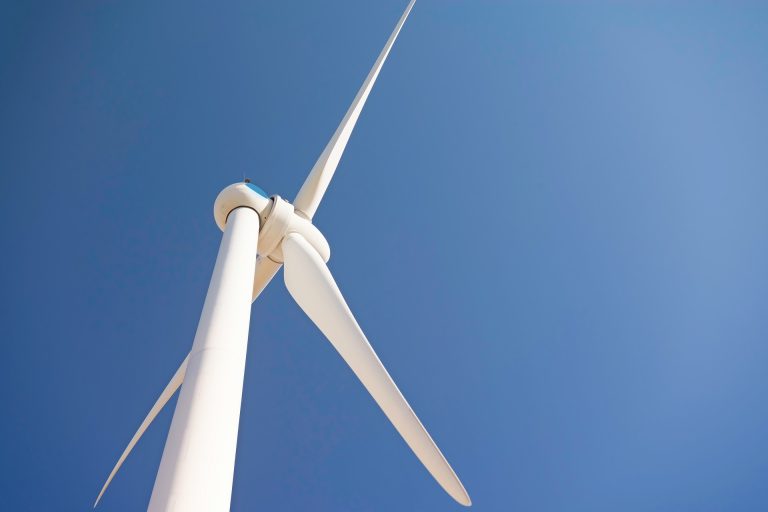Energy Experts Warn Capitol Hill On Challenges of U.S. Transition to Clean Energy
Lawmakers and experts gathered on Capitol Hill on Thursday, May 31st, to engage in a discussion about the United States’ preparedness for transitioning to clean energy. The focus of the discussion revolved around whether the country possesses the necessary infrastructure to generate, capture, and distribute renewable power without encountering significant issues.
During the hearing, David Tudor, representing Associated Electric Cooperative, noted that while there is a push for renewable energy sources and the closure of functioning coal power plants, there is currently a lack of adequate solutions to bridge the gap. “I fear we are going to have blackouts and I’m afraid we’re going to see (a) significant number of lives lost,” he said.
“We’ve got this push for all these new renewables, and we’ve got this push to shut down all these plants that work and there’s nothing there in the middle to save us,” Tudor explained.
Experts specializing in the nation’s power grid conveyed to senators that the United States will not be adequately prepared for the transition to clean energy until after 2028, when more coal power plants are set to shut down. They highlighted the absence of necessary measures to facilitate a smooth transition.
West Virginia Democratic Senator, Joe Manchin acknowledged the challenges associated with shifting to clean and renewable energy. He specifically mentioned the issue of energy storage and the need to find effective means of storing renewable energy. “If we don’t have storage and we can’t store it, and it has to be either used or lost,” he said.

Energy producers largely attribute the planned shutdowns to regulations imposed by the United States Environmental Protection Agency. However, Colorado Democratic Senator, John Hickenlooper, argued that public demand for clean energy plays a significant role in expediting these changes. “The pressure that’s coming to make these changes more rapidly really is coming from the public,” Hickenlooper said.
Hickenlooper stressed that the public’s increasing concern about climate change and its impact on extreme weather events, such as wildfires and storms, is a driving force behind the push for clean energy. These climate-related occurrences not only affect people’s lives but also pose a threat to the existing power grid. Hickenlooper posed the critical question of how to strike a balance between ensuring reliability in the power supply and addressing climate change urgently before the severity of extreme weather events becomes overwhelming.
One of the primary challenges is upgrading the existing infrastructure to support clean energy sources. The current power grid was primarily designed for centralized fossil fuel power plants. Expanding and modernizing the grid to accommodate renewable sources and ensure reliable transmission and distribution is a complex and costly task.
Furthermore, the intermittent nature of renewable energy sources, such as solar and wind, poses a challenge for reliable power supply. Energy storage technologies are crucial for storing excess energy during periods of high generation and supplying it during times of low generation. However, large-scale and cost-effective energy storage solutions are still in the early stages of development and deployment.
Integrating intermittent renewable energy sources into the existing grid requires careful planning and coordination. Balancing the variable generation from renewables with the demand for electricity and maintaining grid stability can be challenging.
CleanEarth Media
Popular Now
More From CleanEarth









